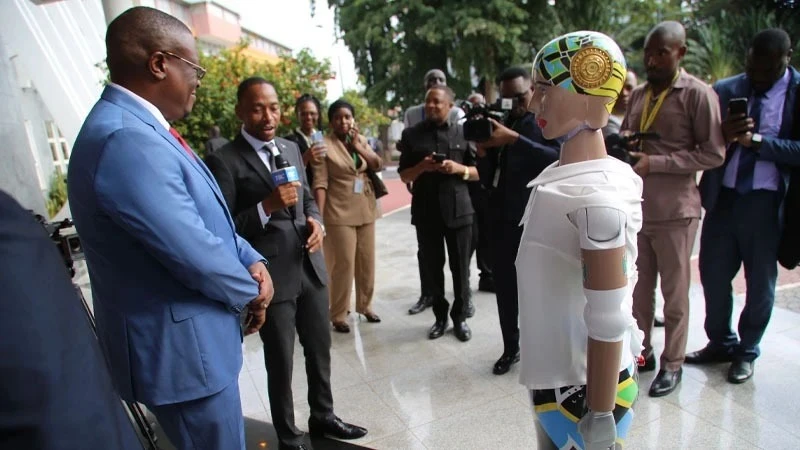Artificial intelligence won’t be much regulated, just as internet

JUST how far educational and other uses of artificial intelligence (AI) can be explicitly set out in guidelines to coordinate its use is the new agenda with the matter having moved out of just trending in social media on 3G and 4G internet use and become a matter of institutional importance.
Stakeholders in the higher learning sphere are urging the government to consider formulating such guidelines, which in this context looks pretty interesting whether what is being gunned for is guidelines or regulations.
When it is a matter of guidelines, there is an effort at facilitating individual action, whereas regulations set boundaries.
A number of university staff and student organisations recently held a panel discussion on the unlocking of the potential of artificial intelligence in higher learning institutions.
It was hosted by the Sokoine University of Agriculture and screened on various social media and it saw one lecturer say that AI was becoming increasingly attainable in every sector of the economy and in higher education.
The don noted that AI was enabling enhanced outward reach inside and outside the classroom, with administrative tasks including admissions, student support services or virtual academic assistants much easier to organise.
While AI tools are being used to provide all-round support to students and staff, appreciably reducing the workload of administrative staff, easing quality oversight by analysing students’ performance data and identifying areas where improvement is needed, it not altogether without its limitations.
What this implies is that when it is clear that such functions can be handled at a single office somewhere, the rest of line staff will be out of work.
That is why it is a bit complicated to figure out how the government sets out guidelines, strategies and policies to guide institutions of higher learning on what they can do now in that regard.
There is perhaps no doubt that AI is revolutionising education as the scholars pointed out, the difficulty being in the sort of implications they drew or sought to make out from that situation.
One don sought to underline that, with great power comes great responsibility in integrating AI into higher education, where the key issue is to do so responsibly and ethically, ensuring fairness, transparency and accountability.
That is all well said, that is, as to how learning institutions can exercise vigilance in ensuring that AI is used for the benefit of all, without compromising on ethical standards. But just how far is this everyone’s key objective?
Nor is the whole gamut of AI potential in institutional applications entirely realistic from an analytical or rather outside viewpoint in alluding to formulating policies and regulations to guide its implementation through critical thinking, practical insights and collaboration.
The don felt that it is possible to empower stakeholders to navigate the complexities of the digital age and drive positive change in higher learning.
Yes, but is the opposite not also possible – that is, getting AI to bring the right answers instead of reading books?
There is a French axiom to the effect that ‘the more it changes, the more it remains the same’. AI may be an excellent tool to be used, but it is definitely not a cornucopia of excellent answers to policy or ethical issues.
Top Headlines
© 2024 IPPMEDIA.COM. ALL RIGHTS RESERVED

















